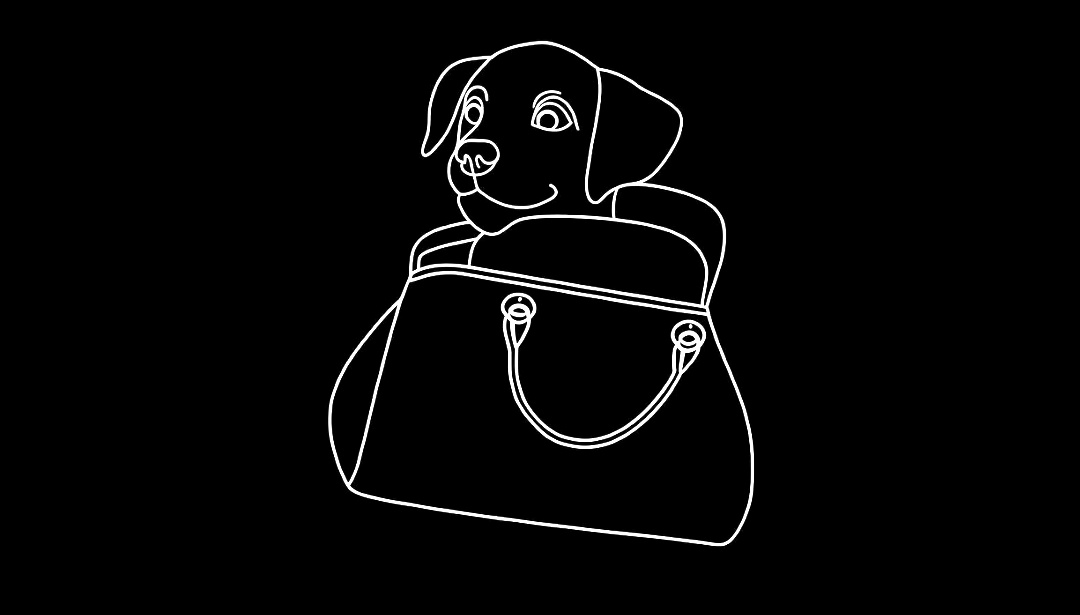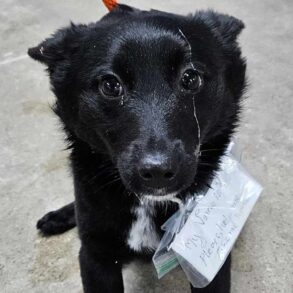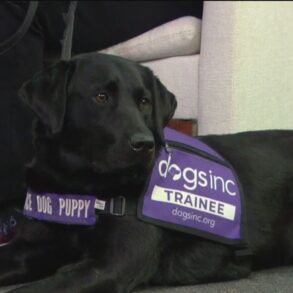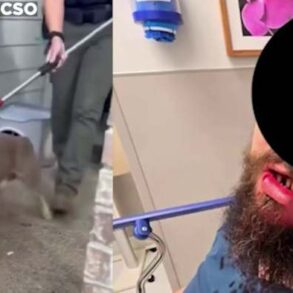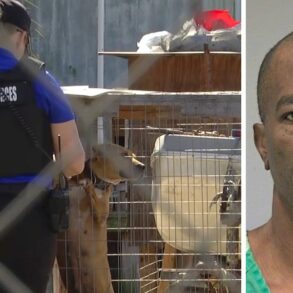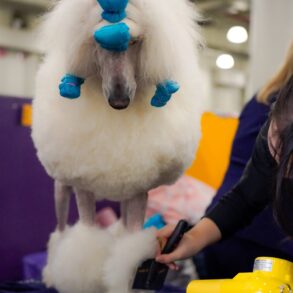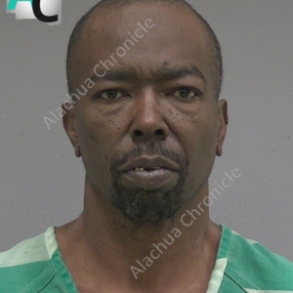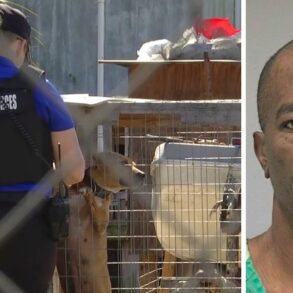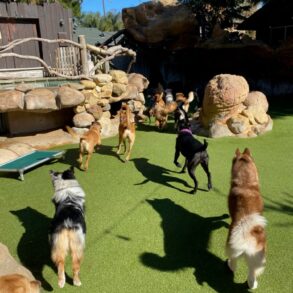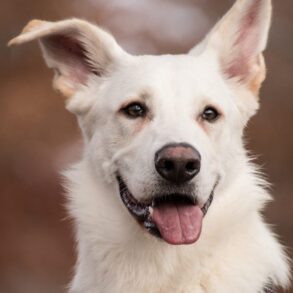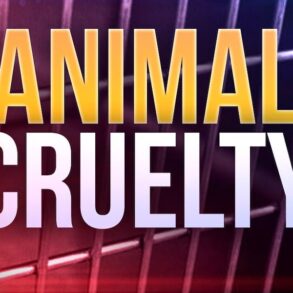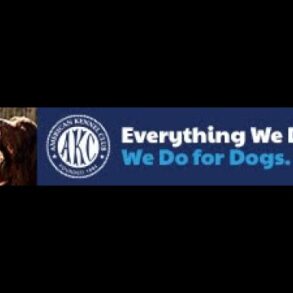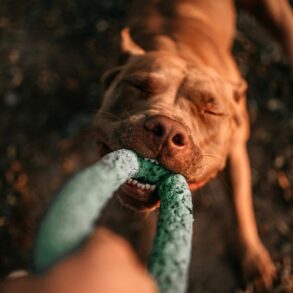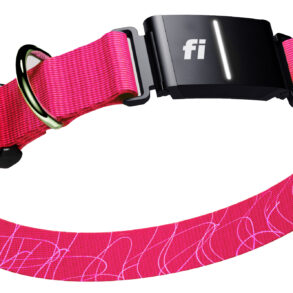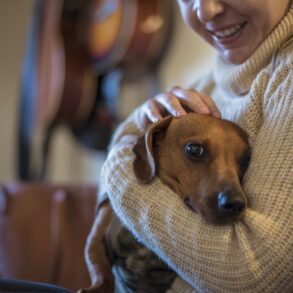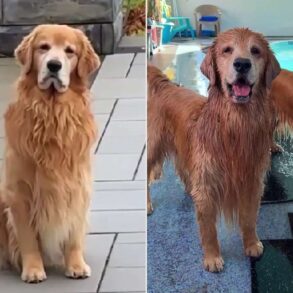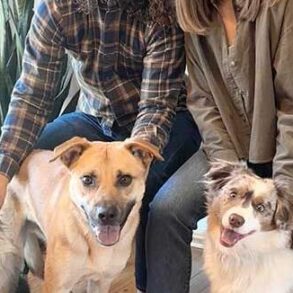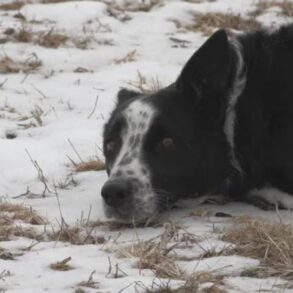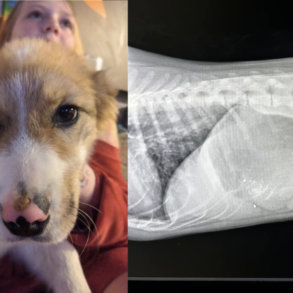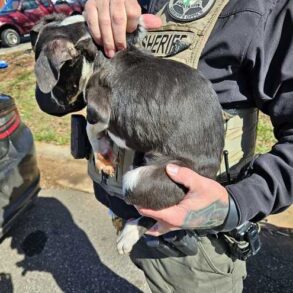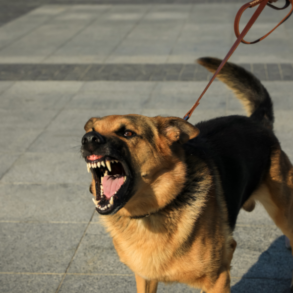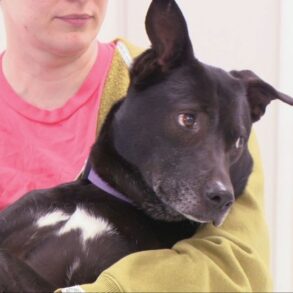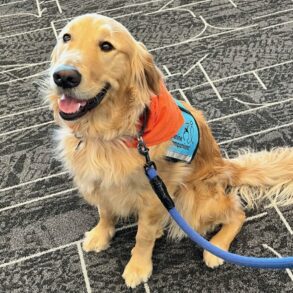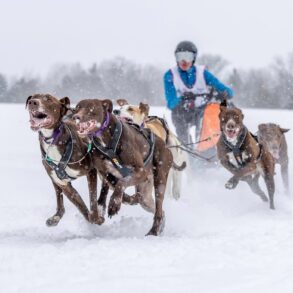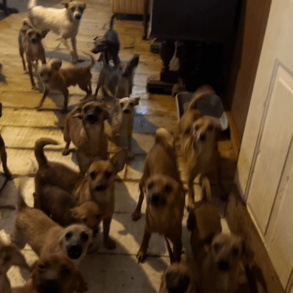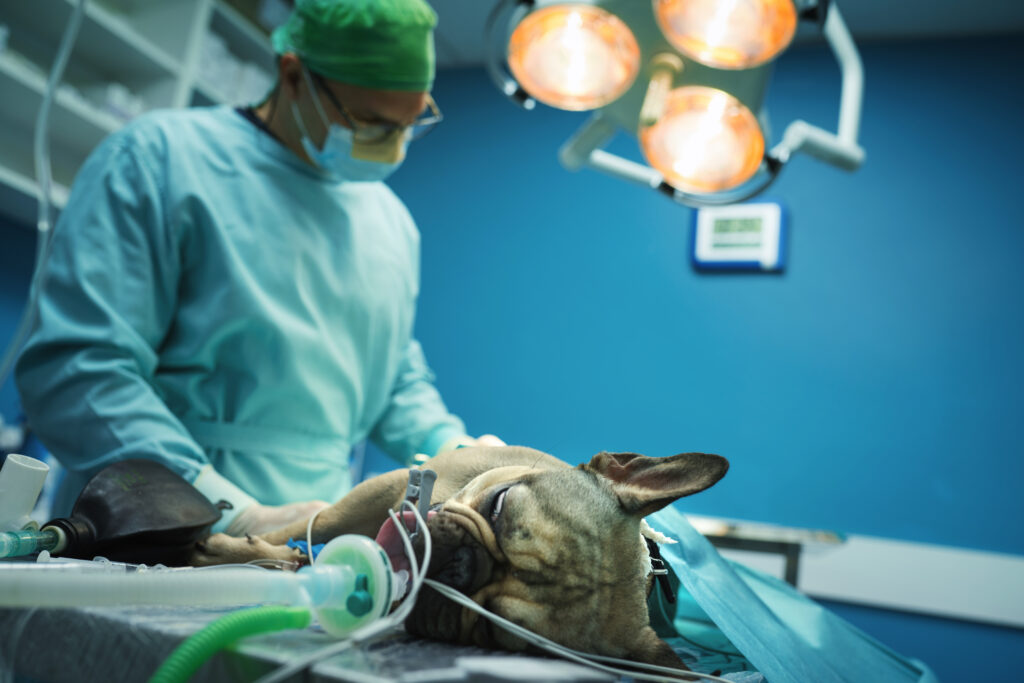
In the age of the Frenchie, it’s a given that most small animal veterinary professionals who perform surgery will have to at least periodically anesthetize a brachycephalic patient. Whether it’s to spay or neuter them, complete a comprehensive oral health assessment and treatment, remove a growth, or something else, anesthesia in brachycephalic dogs can carry increased risks of complications.
Ann B. Weil, DVM, DACVAA, clinical professor of veterinary anesthesiology at Purdue University College of Veterinary Medicine, said that she is frequently asked about anesthetic concerns for brachycephalic dog breeds, and for good reason. She explained that upper airway obstruction caused by any of the elements of brachycephalic obstructive airway syndrome can be a concern. This is true even before anesthesia is introduced. Add in anesthesia, the surgical procedure, and stress, and the risks increase even more.
There are risks for complications throughout all facets of anesthetic protocols for brachycephalic dogs. Thankfully, there are also opportunities to mitigate risks. Read on to learn more about each phase and gain some expert insight.
Addressing stress
Stress can be a concern from the moment brachycephalic dogs walk into the practice. This can exacerbate dyspnea, elevate body temperature, and increase the likelihood of gastrointestinal complications like regurgitation. “It is helpful to be fully prepared to deal with an obstructive airway from the moment you start working with the patient until recovery is complete,” Weil said. This means being prepared with oxygen, additional drugs to sedate if needed, and the supplies required to intubate.
To reduce the risk of adverse effects from patient stress, Weil will often begin sedation measures before the patient enters the practice. Many of her brachycephalic patients come in for their procedure premedicated with trazodone, gabapentin, and sometimes acepromazine. This helps them manage their stress even before the veterinary team lays hands on them.
Ancillary drugs
In addition to the drugs used to induce sedation and anesthesia, a number of other medication types can be considered for perioperative use in brachycephalic dogs to reduce their risk of complications associated with anesthesia and surgery. Some of these drugs are recommended to be used routinely in all brachycephalic dogs. Others may need to be avoided or used on a case-by case basis.
Brachycephalic dogs may be at increased risk for aspiration while under anesthesia, Weil said. This makes it important to reduce the likelihood of nausea, vomiting, and regurgitation where possible. To prevent nausea induced by opioid drugs administered, Weil recommends the preanesthetic use of maropitant in all brachycephalic dogs.
Recommendations
Recommendations for the prevention of gastroesophageal reflux are a little more nuanced, however. Some practitioners choose to prophylactically administer gastroprotectant medication such as famotidine or omeprazole to brachycephalic dogs undergoing anesthesia. However, the American College of Veterinary Internal Medicine consensus statement on the use of GI protectants in dogs and cats recommends a “judicious” use of these drugs. This is due to reports of adverse effects from long-term use and a lack of documented efficacy against gastroesophageal reflux in dogs.
Weil does not avoid this class of drugs entirely but rather uses them on a case-by-case basis in brachycephalic dogs. Another reference suggests they be used in dogs with a history of gastrointestinal signs or severe BOAS.
In addition to gastrointestinal complications, brachycephalic dogs can be prone to bradycardia under anesthesia. This is due to their tendency to have higher vasovagal tone. For this reason, some practitioners may choose to premedicate brachycephalic dogs with anticholinergic drugs. These drugs include atropine or glycopyrrolate.
However, preemptive use of these drugs is not recommended due to a risk of complications in dogs with underlying heart disease. Anticholinergic drugs are also contraindicated in dogs who are hyperthermic, and they may increase the likelihood of gastroesophageal reflux. Weil recommends using these medications on an as-needed basis instead of routinely.
In some cases, the decision to use a drug or not will depend on the procedure being performed. Nonsteroidal anti-inflammatory drugs, Weil said, should be avoided preoperatively in patients that may need perioperative steroids to combat airway inflammation. Dogs undergoing BOAS surgical correction are examples of cases when this may be indicated.
Premedication
Anesthetic drug protocols for brachycephlic dogs may need to be altered in terms of drugs chosen and dose given. The type of procedure being performed, along with the temperament of the patient and any comorbidities they have, must also be considered. “I used to avoid alpha-2 agonists when possible in the brachycephalic breeds,” Weil said. “But the temperament of some of the French bulldogs requires the use of low doses of alpha-2s.” Even so, she tends to dose these drugs significantly below the labeled dose in combination with other drugs as part of a multimodal anesthesia protocol.
Weil typically limits her opioid use in brachycephalic dogs to butorphanol, buprenorphine, methadone, or fentanyl. This helps avoid the risk of vomiting and aspiration that she feels is higher with drugs like hydromorphone and morphine.
Oxygenation and induction
Apart from preanesthetic drug selection, pre-anesthetic oxygen treatment is “very important” for brachycephalic dogs, Weil said. She recommends providing 100% oxygen at two to three liters per minute for at least five minutes. Weil uses a face mask without the rubber diaphragm so that dogs will tolerate it better. She also notes that the mask should stay in place during injectable induction until the mouth is opened to intubate the patient.
Anesthesia should always be induced via injection, Weil said. Brachycephalic patients should also not be masked down. She typically reaches for drugs like propofol or alfaxalone as they are easy to titrate to effect.
Monitoring
Brachycephalic dogs should never be left unattended while sedated or anesthetized, Weil cautioned. On the contrary, team members “should always be prepared to handle an upper airways crisis as sedation may impair the dog’s ability to handle its obstructive airway.”
Brachycephalic dogs can be at risk for either hypothermia or hyperthermia during surgery. So body temperature must be assessed frequently and treated if indicated. In some cases, this can be a result of the patient’s condition before the anesthetic procedure began. According to Weil, “If the brachycephalic patient has been dyspneic prior to induction, they may be hyperthermic and need some body cooling.”
Monitoring doesn’t end when the vaporizer is turned off. In brachycephalic patients, post-operative monitoring should include keeping the patient intubated for as long as possible. “They should not be extubated at the first swallow,” Weil said. To help maintain the endotracheal tube in place for longer, she recommends using a small mouth speculum or wedge between the teeth and the tube. Weil also keeps her patients on 100% oxygen until they are extubated. “That gives me more time before they desaturate if they need to be reintubated after recovery.”
After extubation, team members must continue to monitor brachycephalic dogs closely for any signs that they are not breathing and oxygenating well. This means being ready with a clean endotracheal tube and a laryngoscope to reintubate quickly in case of any dyspnea.
And just as it is important to consider pre-operatively, the patient’s stress should be managed as they recover from anesthesia and from their procedure. For post-operative stress management and sedation, Weil usually opts for acepromazine first to help calm patients without much risk for respiratory depression.
A final note
Pet owners’ obsession with brachycephalic dog breeds is unlikely to dissipate any time soon. This means you can expect to see plenty of smoosh-faced dogs on a surgical table near you. While it is also incumbent upon us all to advocate for improved ethics and accountability in breeding practices to reduce the risks for the brachycephalic dogs of the future, the brachycephalic dogs of today need our special care and attention. After all, Weil said, “that’s what I think keeps your patient safe.”
Further reading:
2020 AAHA Anesthesia and monitoring guidelines for dogs and cats
AAHA Anesthesia safety and monitoring guidelines certificate
Photo credit: gilaxia/E+ via Getty Images
Disclaimer: Trends™ content is meant to inform, educate, and inspire by providing an array of diverse viewpoints. Any content published should not be viewed as an official stance, position, or endorsement by the American Animal Hospital Association (AAHA) or its Board of Directors.
This post was originally published on this site be sure to check out more of their content.
